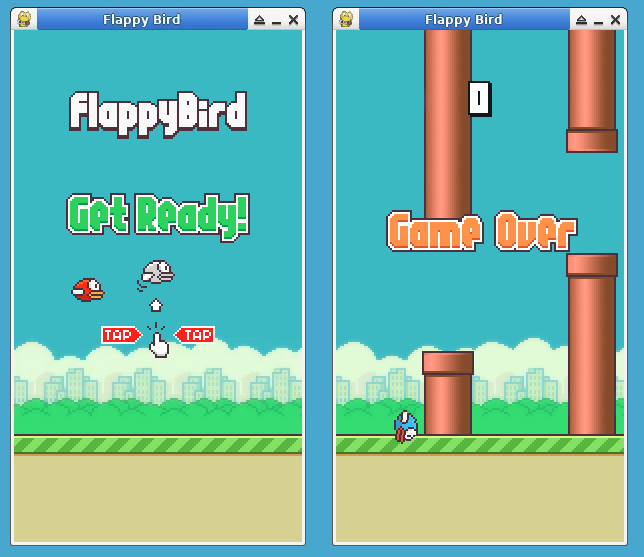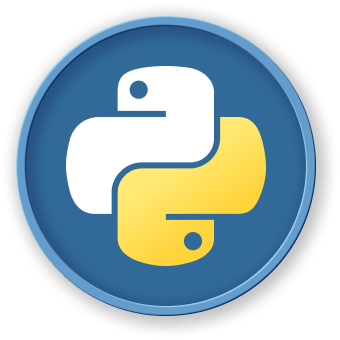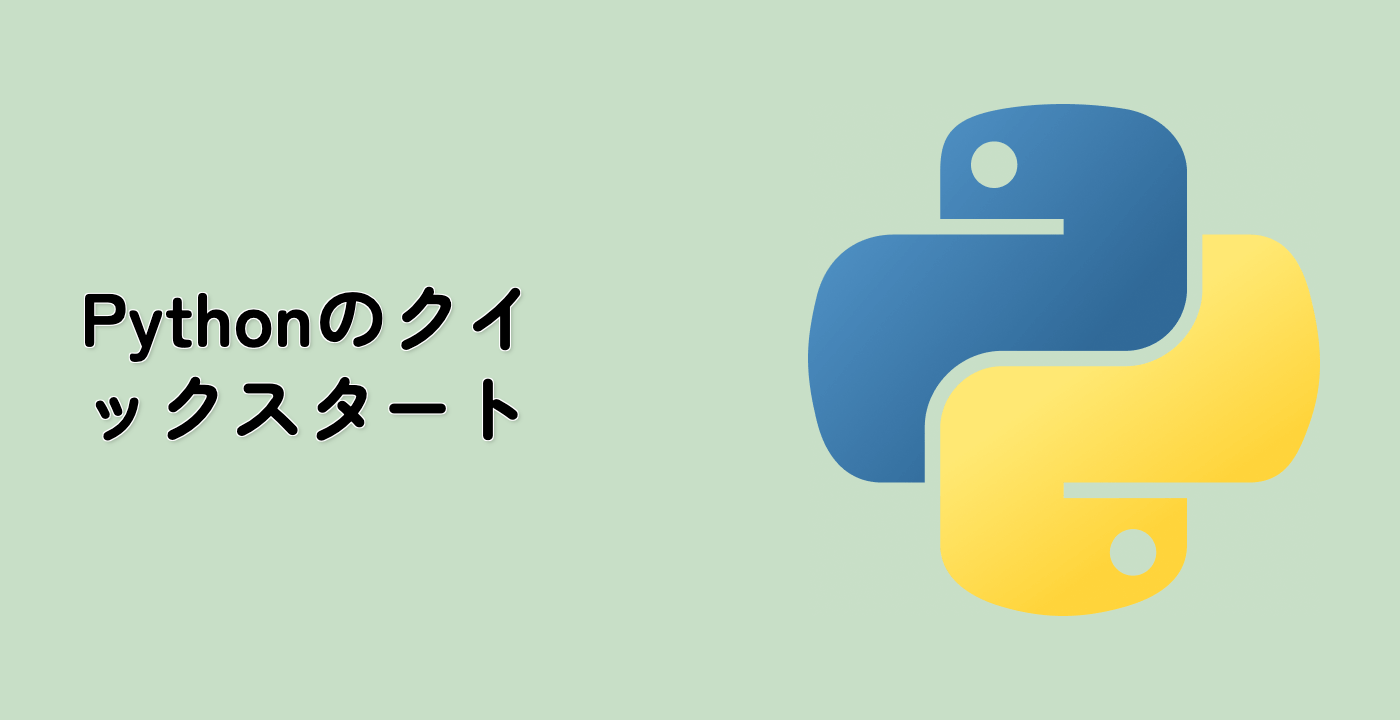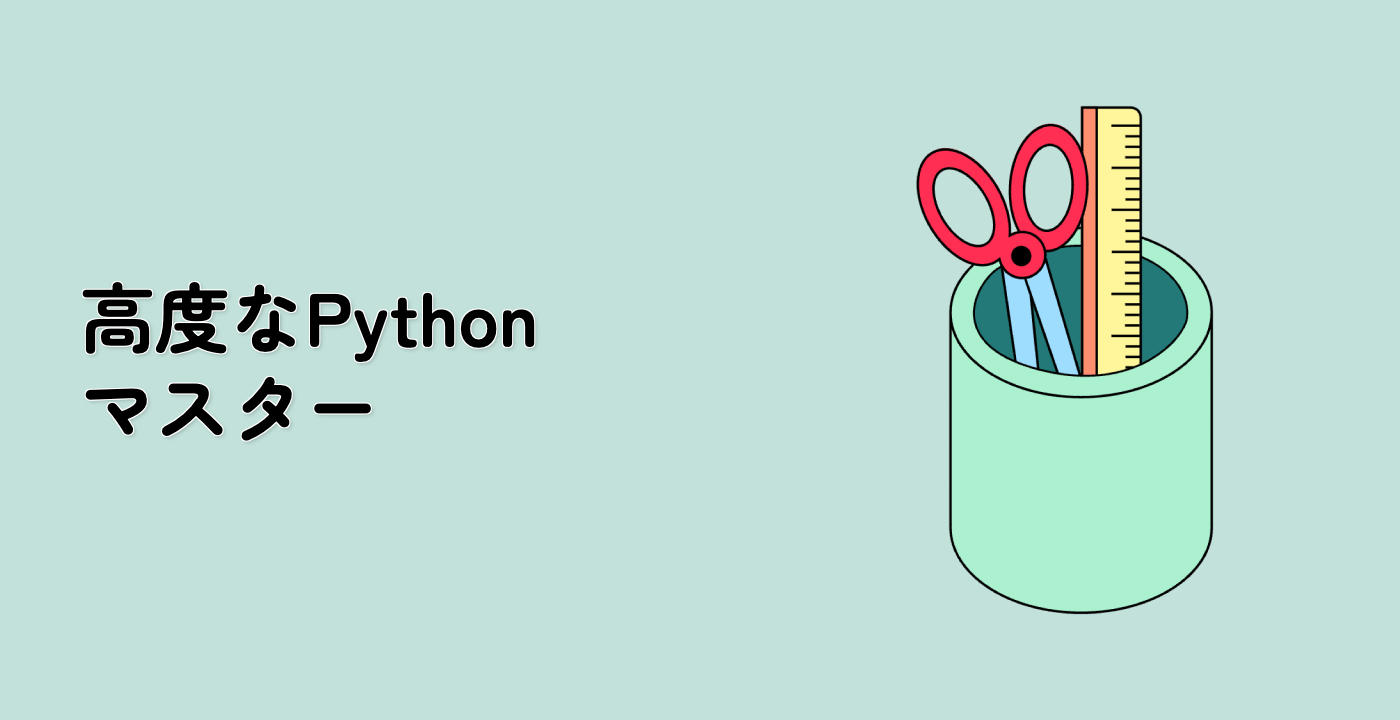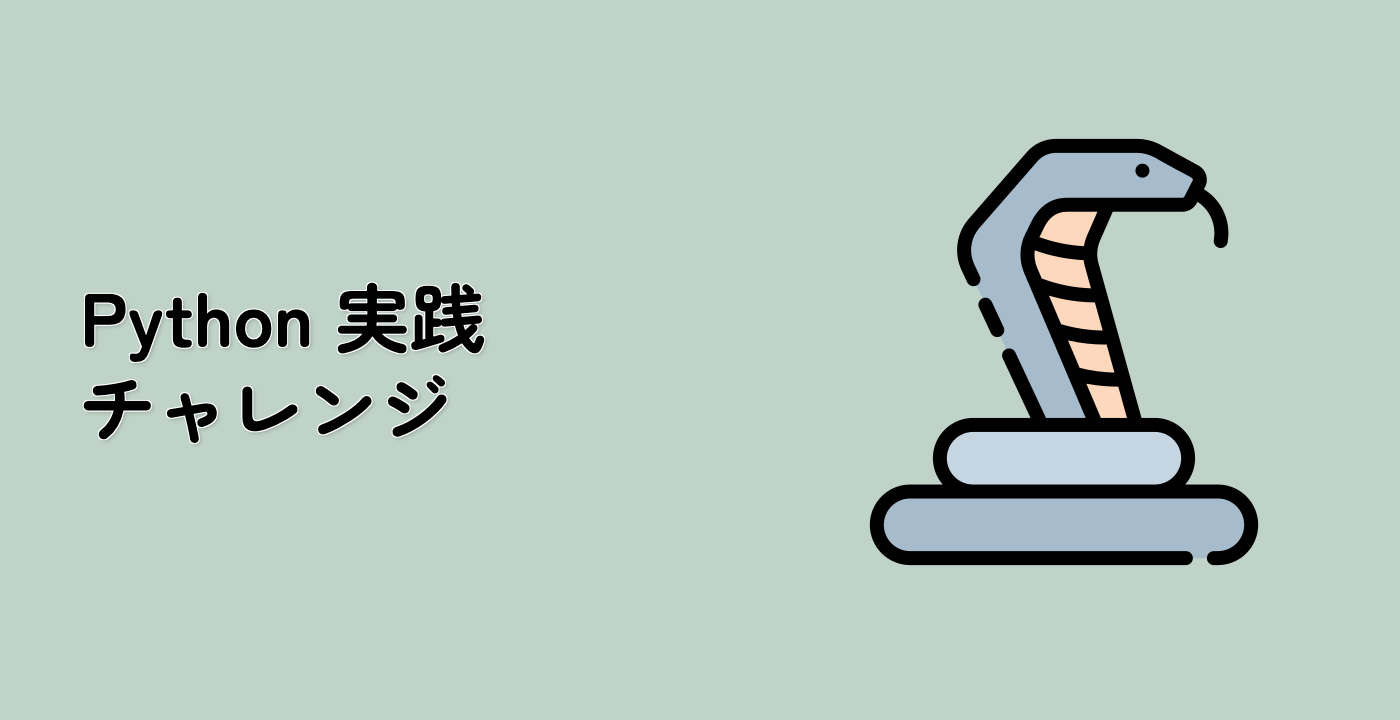メインゲームロジック
このステップでは、フラッピーバードのメインゲームロジックを実装します。
def mainGame(movementInfo):
score = playerIndex = loopIter = 0
playerIndexGen = movementInfo["playerIndexGen"]
playerx, playery = int(SCREENWIDTH * 0.2), movementInfo["playery"]
basex = movementInfo["basex"]
baseShift = IMAGES["base"].get_width() - IMAGES["background"].get_width()
## get 2 new pipes to add to upperPipes lowerPipes list
newPipe1 = getRandomPipe()
newPipe2 = getRandomPipe()
## list of upper pipes
upperPipes = [
{"x": SCREENWIDTH + 200, "y": newPipe1[0]["y"]},
{"x": SCREENWIDTH + 200 + (SCREENWIDTH / 2), "y": newPipe2[0]["y"]},
]
## list of lowerpipe
lowerPipes = [
{"x": SCREENWIDTH + 200, "y": newPipe1[1]["y"]},
{"x": SCREENWIDTH + 200 + (SCREENWIDTH / 2), "y": newPipe2[1]["y"]},
]
dt = FPSCLOCK.tick(FPS) / 1000
pipeVelX = -128 * dt
## player velocity, max velocity, downward acceleration, acceleration on flap
playerVelY = -9 ## player's velocity along Y, default same as playerFlapped
playerMaxVelY = 10 ## max vel along Y, max descend speed
playerMinVelY = -8 ## min vel along Y, max ascend speed
playerAccY = 1 ## players downward acceleration
playerRot = 45 ## player's rotation
playerVelRot = 3 ## angular speed
playerRotThr = 20 ## rotation threshold
playerFlapAcc = -9 ## players speed on flapping
playerFlapped = False ## True when player flaps
while True:
for event in pygame.event.get():
if event.type == QUIT or (event.type == KEYDOWN and event.key == K_ESCAPE):
pygame.quit()
sys.exit()
if event.type == KEYDOWN and (event.key == K_SPACE or event.key == K_UP):
if playery > -2 * IMAGES["player"][0].get_height():
playerVelY = playerFlapAcc
playerFlapped = True
## check for crash here
crashTest = checkCrash(
{"x": playerx, "y": playery, "index": playerIndex}, upperPipes, lowerPipes
)
if crashTest[0]:
return {
"y": playery,
"groundCrash": crashTest[1],
"basex": basex,
"upperPipes": upperPipes,
"lowerPipes": lowerPipes,
"score": score,
"playerVelY": playerVelY,
"playerRot": playerRot,
}
## check for score
playerMidPos = playerx + IMAGES["player"][0].get_width() / 2
for pipe in upperPipes:
pipeMidPos = pipe["x"] + IMAGES["pipe"][0].get_width() / 2
if pipeMidPos <= playerMidPos < pipeMidPos + 4:
score += 1
## playerIndex basex change
if (loopIter + 1) % 3 == 0:
playerIndex = next(playerIndexGen)
loopIter = (loopIter + 1) % 30
basex = -((-basex + 100) % baseShift)
## rotate the player
if playerRot > -90:
playerRot -= playerVelRot
## player's movement
if playerVelY < playerMaxVelY and not playerFlapped:
playerVelY += playerAccY
if playerFlapped:
playerFlapped = False
## more rotation to cover the threshold (calculated in visible rotation)
playerRot = 45
playerHeight = IMAGES["player"][playerIndex].get_height()
playery += min(playerVelY, BASEY - playery - playerHeight)
## move pipes to left
for uPipe, lPipe in zip(upperPipes, lowerPipes):
uPipe["x"] += pipeVelX
lPipe["x"] += pipeVelX
## add new pipe when first pipe is about to touch left of screen
if 3 > len(upperPipes) > 0 and 0 < upperPipes[0]["x"] < 5:
newPipe = getRandomPipe()
upperPipes.append(newPipe[0])
lowerPipes.append(newPipe[1])
## remove first pipe if its out of the screen
if len(upperPipes) > 0 and upperPipes[0]["x"] < -IMAGES["pipe"][0].get_width():
upperPipes.pop(0)
lowerPipes.pop(0)
## draw sprites
SCREEN.blit(IMAGES["background"], (0, 0))
for uPipe, lPipe in zip(upperPipes, lowerPipes):
SCREEN.blit(IMAGES["pipe"][0], (uPipe["x"], uPipe["y"]))
SCREEN.blit(IMAGES["pipe"][1], (lPipe["x"], lPipe["y"]))
SCREEN.blit(IMAGES["base"], (basex, BASEY))
## print score so player overlaps the score
showScore(score)
## Player rotation has a threshold
visibleRot = playerRotThr
if playerRot <= playerRotThr:
visibleRot = playerRot
playerSurface = pygame.transform.rotate(
IMAGES["player"][playerIndex], visibleRot
)
SCREEN.blit(playerSurface, (playerx, playery))
pygame.display.update()
FPSCLOCK.tick(FPS)
- フラッピーバードゲームのコアロジックを含む
mainGame 関数を定義します。
- この関数は、ユーザー入力を処理し、ゲーム状態を更新し、衝突をチェックし、スコアを追跡します。
- ゲームループは継続的に実行され、ゲームの表示とロジックを更新します。
- プレイヤーの操作はキーイベント(スペースまたは上矢印)を通じて処理されます。
- この関数は、パイプや地面との衝突をチェックし、スコアを更新し、鳥のアニメーションを管理します。
- ゲームループは、プレイヤーがクラッシュするかゲームを終了するまで続けます。
